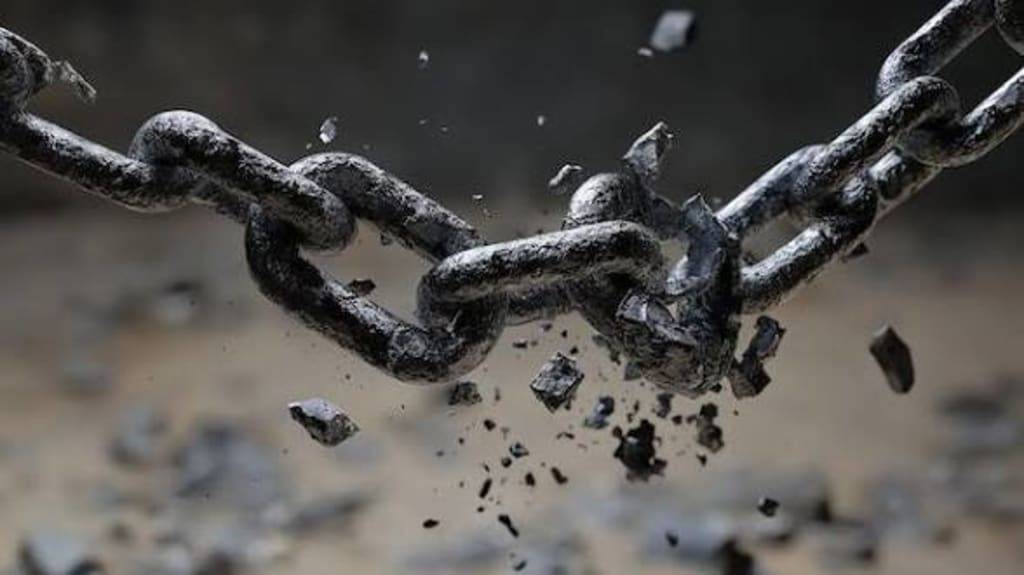Beyond The Echo: How To Break Generational Cycles and Forge A New Legacy
The notion of "breaking the cycle" has become a powerful, resonant phrase in contemporary discussions about personal growth and mental wellness. It is the conscious, often painful, act of recognizing and stopping destructive or unhealthy patterns inherited from one's family or upbringing. These cycles—which can manifest as emotional suppression, communication breakdown, financial instability, or even addiction—are not merely personal flaws; they are the echoing legacy of unhealed wounds and unlearned lessons passed down through generations. The true challenge lies not just in identifying the pattern, but in finding the courage to write a radically new narrative for oneself and for those who follow.
Understanding the Blueprint of Inherited Patterns
Generational cycles are fundamentally blueprints for behavior and belief. They are often rooted in unprocessed trauma, which is then expressed through subtle, daily interactions. A grandparent's struggle with scarcity might lead to a child's ingrained anxiety about money, even when they are financially stable. Similarly, a parent's inability to express vulnerability can unintentionally teach a child that emotional suppression is the only path to safety.
These patterns are frequently invisible because they are the "normal" that a person grows up with. The environment acts as a constant, silent teacher. To break a cycle, one must first achieve radical awareness-a clear-eyed recognition of the pattern without assigning blame. The cycle is a product of history, not an inherent failure of character. This shift from blame to understanding is the first, most crucial step toward healing.
The Two Pillars of Cycle-Breaking
The journey to forge a new legacy rests on two fundamental pillars: self-reflection and intentional action.
1. Self-Reflection: Mapping the Emotional Echoes
Breaking the cycle begins with deep introspection, often involving therapeutic work or extensive journaling. This self-work focuses on answering critical questions:
What stories am I still telling myself that belong to my parents or grandparents?
What emotional responses do I default to under stress?
Where do my fears and insecurities truly originate?
This process is about separating your authentic self from the inherited emotional burdens. It involves acknowledging the pain, regret, or mistakes of the past-both your own and those of your family-and using them not as chains, but as lessons. As contemporary poetry and personal narratives often emphasize, this act of naming the pattern is what truly empowers an individual to overcome it.
2. Intentional Action: Creating New Tools
Once the blueprint is understood, the work shifts to building new, healthier tools for living. This means consciously choosing a different path in every situation where the old pattern would have taken over.
Communication: Replacing passive-aggressive behavior with direct, vulnerable communication. This might mean saying, "I feel hurt when that happens," instead of retreating into silence.
Empathy and Compassion: Extending the compassion gained from self-reflection outwards. Understanding that the parents or ancestors who created the cycles were likely doing the best they could with the tools they had.
Legacy of Love: Focusing on creating a new, positive legacy for the next generation. For parents, this means actively modeling emotional health-offering open communication, providing emotional support, and teaching children that it's safe to be imperfect. The imagery of a parent carefully tending to a child, as often captured in art, symbolizes the breaking of a cycle through nurturing connection.
The Lasting Impact of Resilience
Breaking a generational cycle is a profound act of emotional resilience. It is a marathon, not a sprint, and there will inevitably be moments of relapse or regression. However, the commitment to change ensures that the negative patterns lose their power to define the future.
The person who successfully breaks a cycle becomes a bridge-builder-one who honors their past without being bound by its limitations. They transform pain into wisdom, creating a life that is defined by conscious choice rather than involuntary reaction. Ultimately, this journey is a testament to the human capacity for growth and the unwavering power of hope, replacing an echo of the past with a new, stronger voice.
Source: Analysis of generational trauma, self-help philosophy, and thematic elements in poetry.


